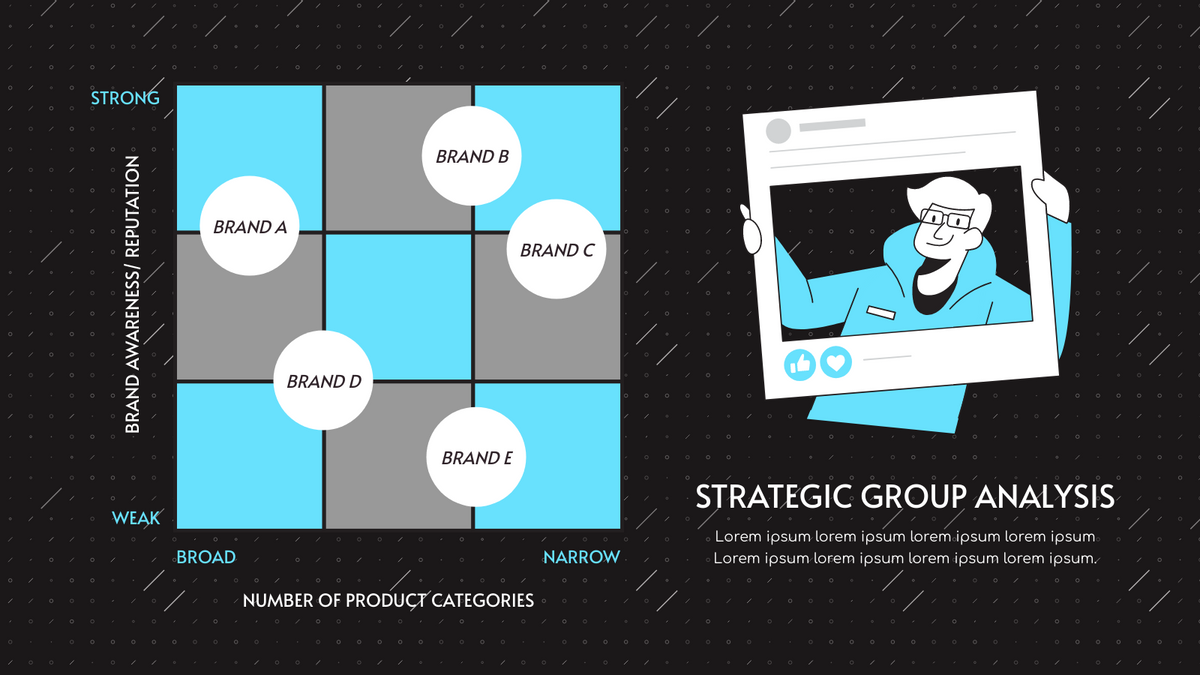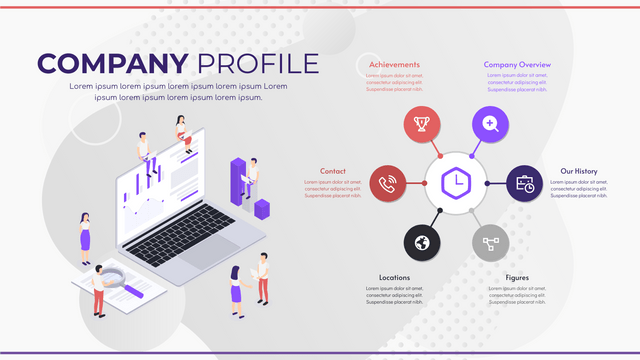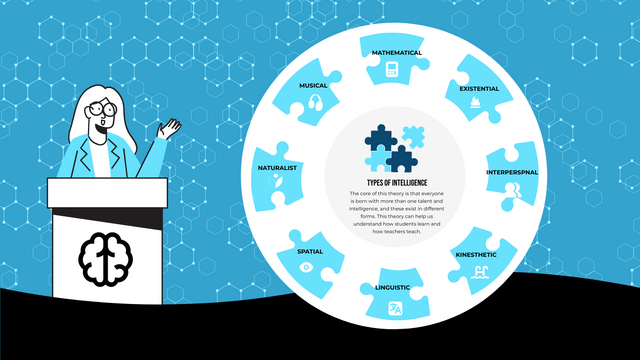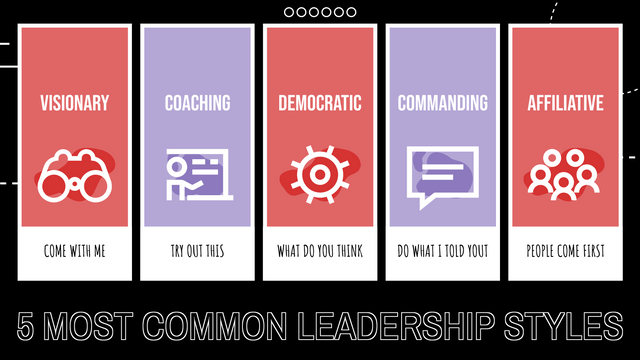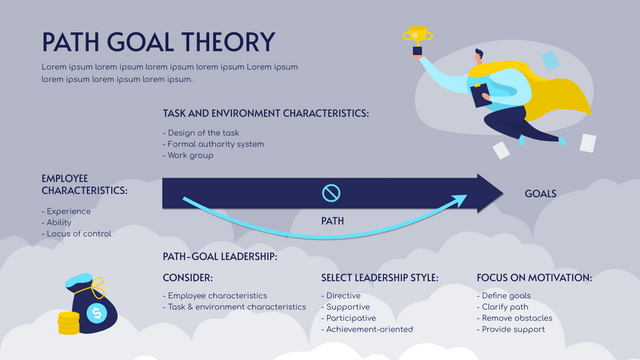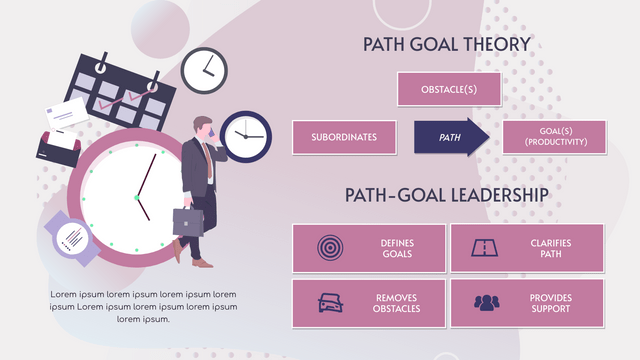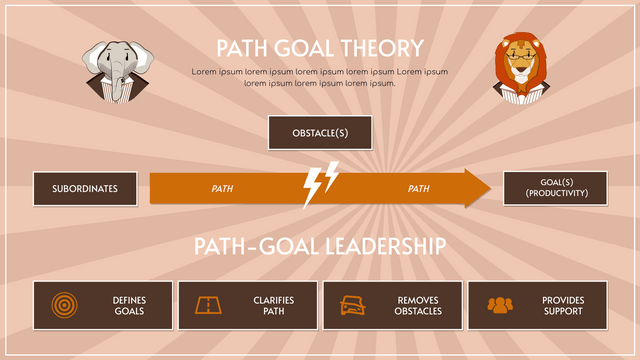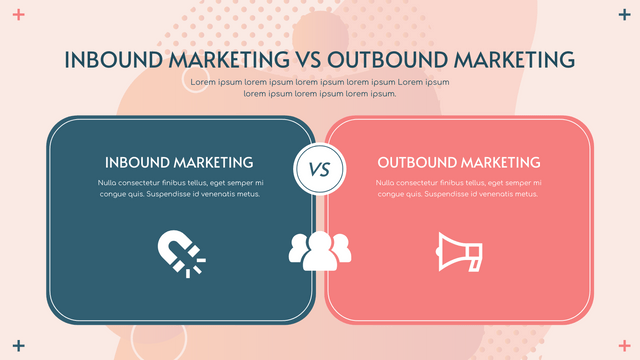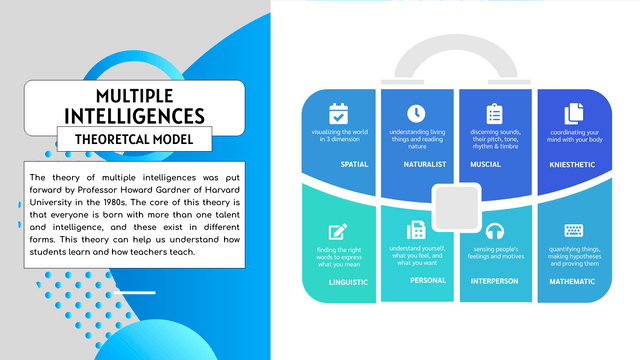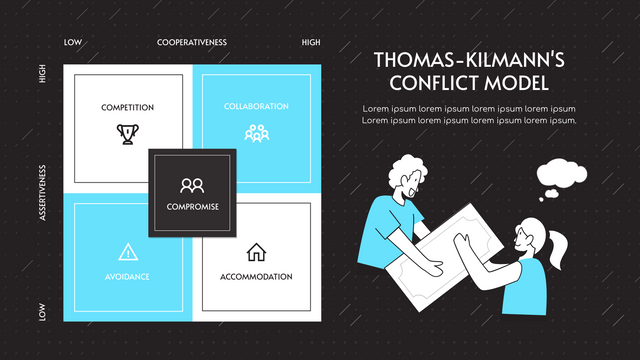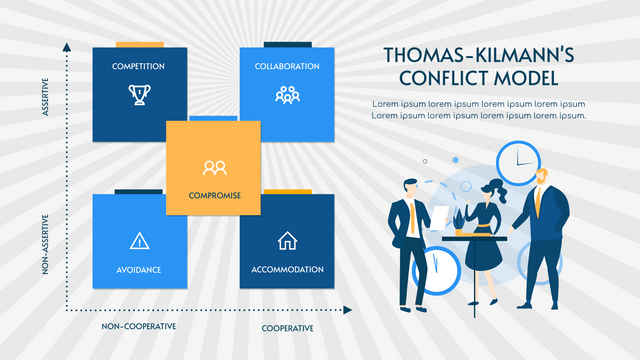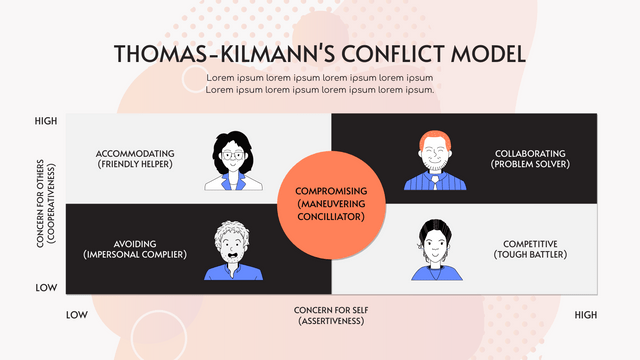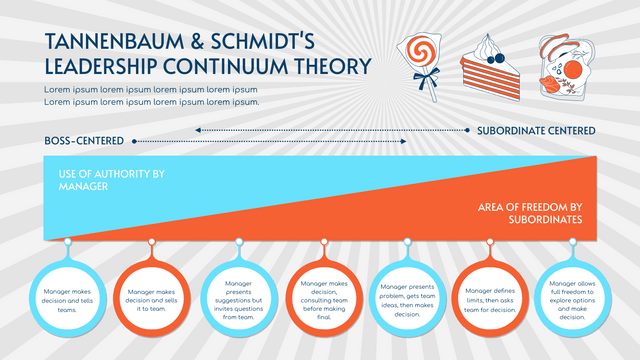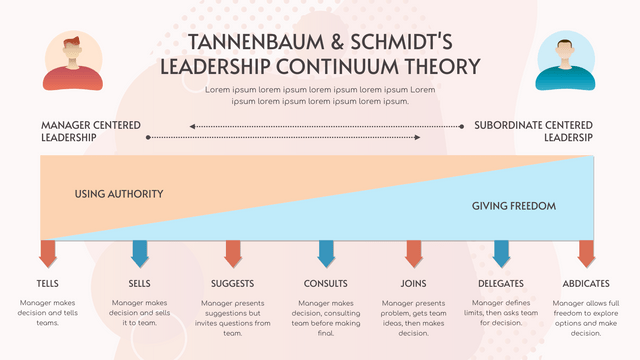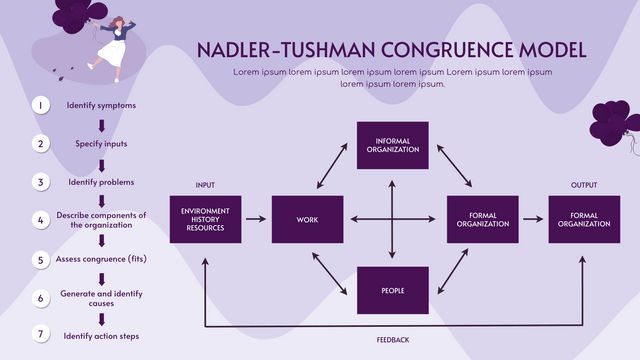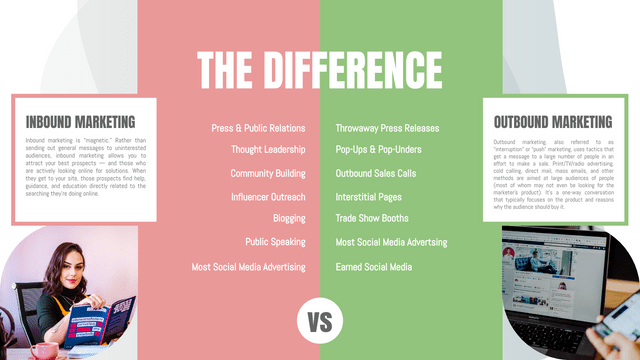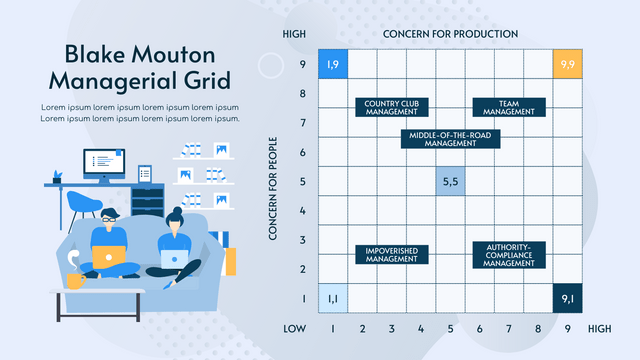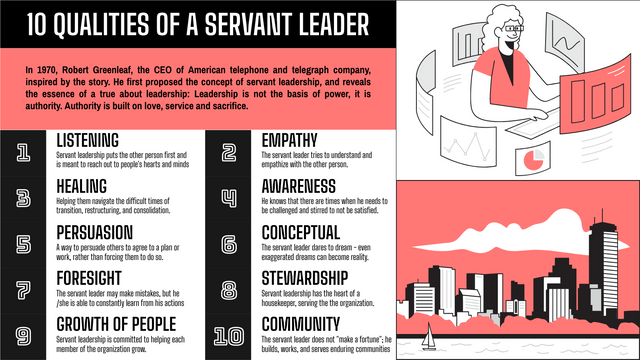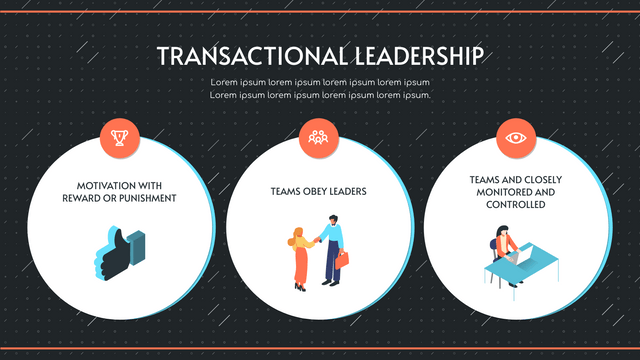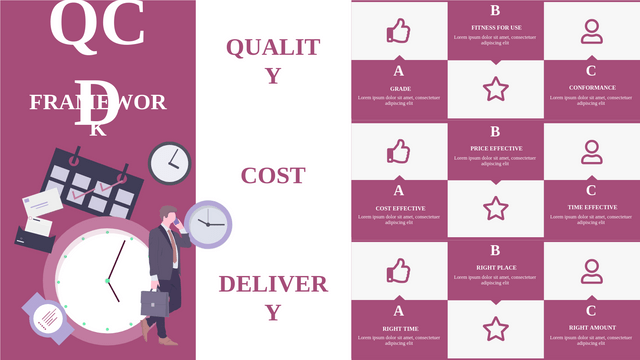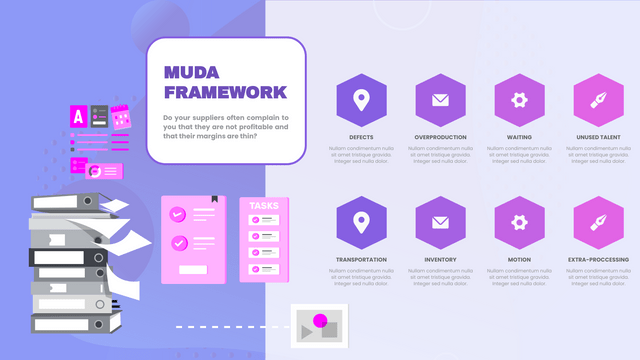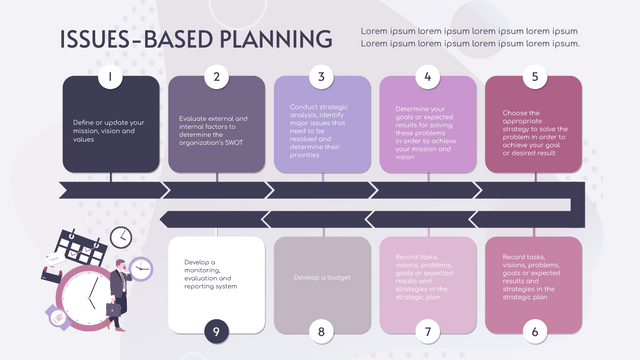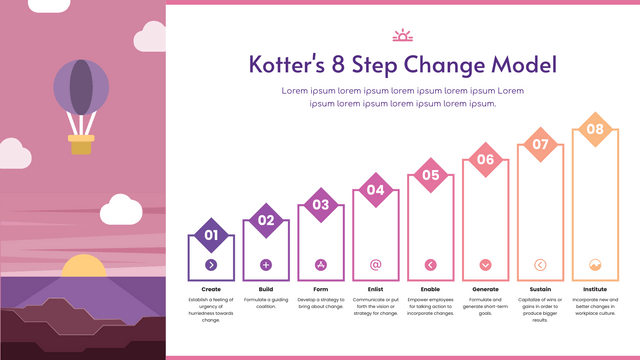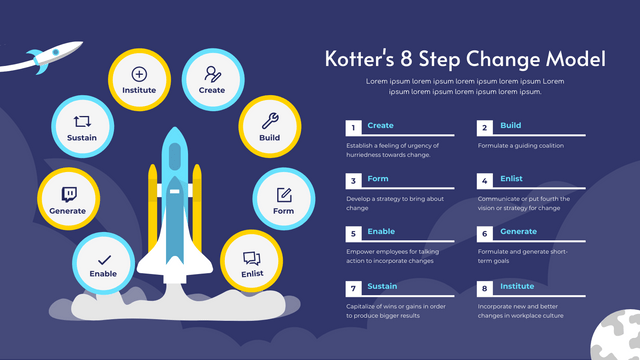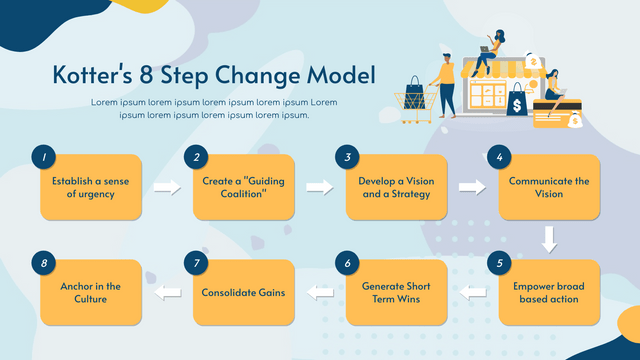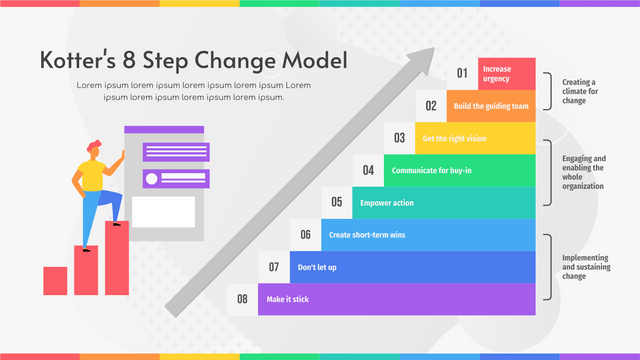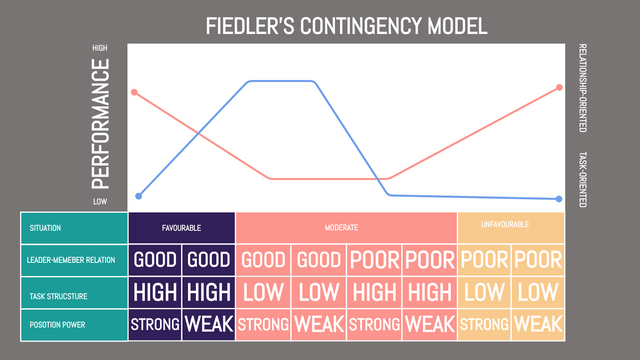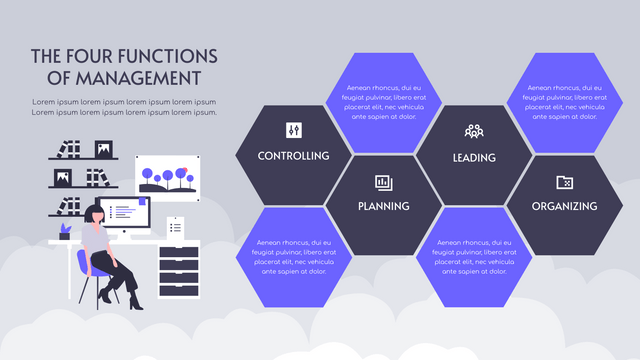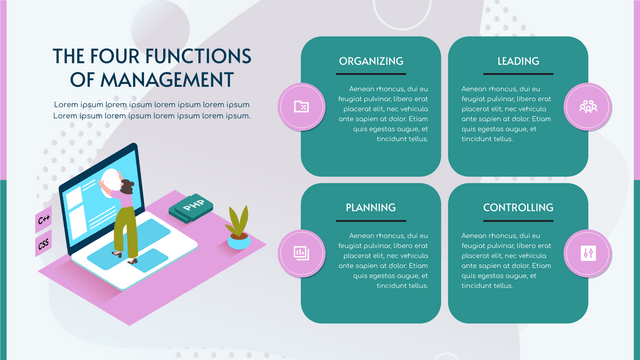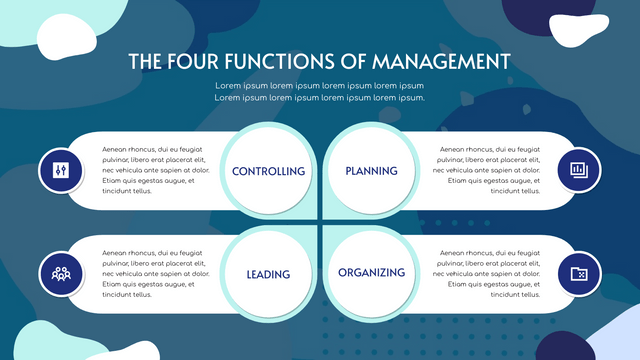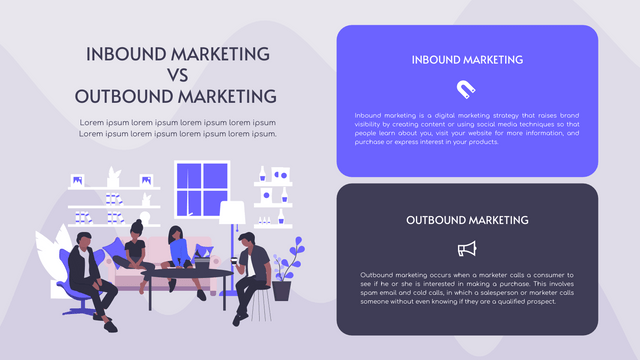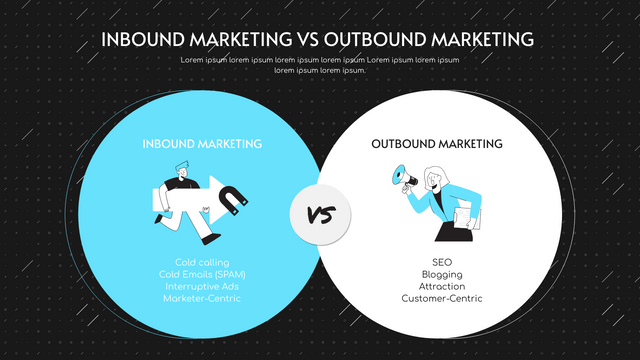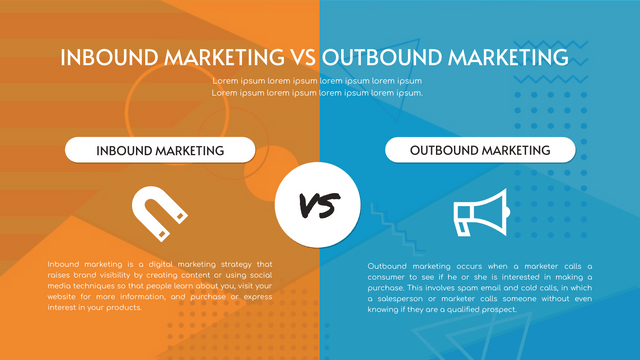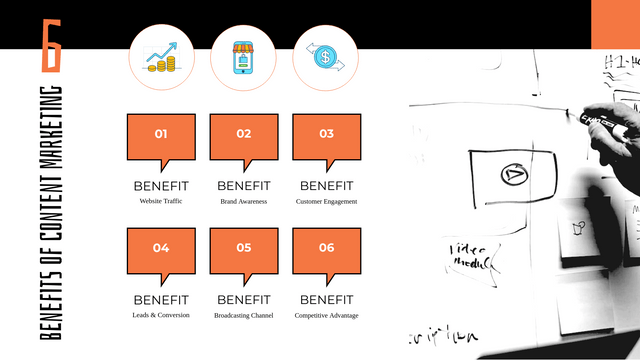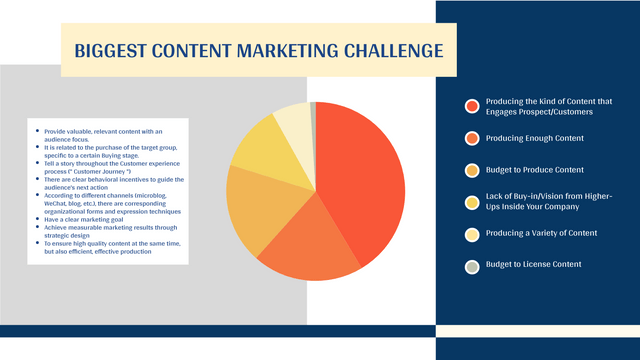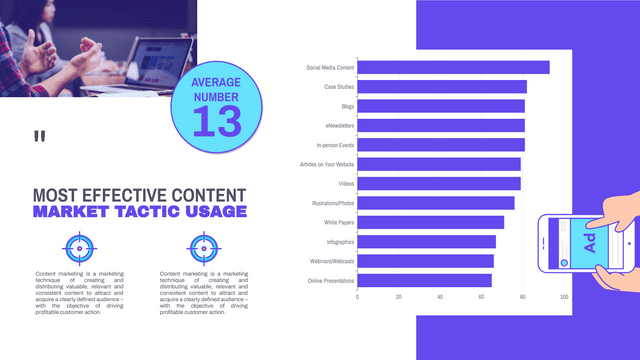What is Strategic Group Analysis?
In 1972, Michael S. Hunt proposed the concept of a "strategic group" from the perspective of industrial organization theory, but researchers in the field did not pay attention to it at the time. In 1980, Porter introduced this concept into the analysis of the characteristics of industrial structure from the perspective of strategic management theory, and defined the strategic group as a virtual industry. A strategic group is a group of companies that adopt the same or similar strategy in an industry.
Classification of Strategic Groups
Strategic groups, also known as strategic clusters and intra-industry strategic groups, refer to a group of companies in an industry that implement the same or similar strategies and have comparable strategic characteristics. In an industry:
If all companies implement basically the same strategy, there is only one strategic group in the industry.
If every company pursues a unique strategy, there are as many strategic groups as there are companies in the industry.
Of course, under normal circumstances, there are only a few strategic groups in an industry, and they adopt strategies of fundamentally different nature. The number of companies in each strategic group varies, but the strategies are the same.
The Purpose of Strategic Group Analysis
The enterprises in the same strategic group are very similar to each other in many aspects besides broad strategic aspects. Under the influence of similar strategies, they will make similar reactions to the external environment, take similar competitive actions, and occupy roughly the same market share.
The analysis of strategic groups in the industry is to divide the enterprises into different strategic groups according to the differences in the strategic positions of the enterprises in the industry, and to analyze the relationship between the groups and the enterprise relationship within the group, so as to further understand the industry and its competitive situation.
Enterprises in an industry have a lot in common in strategy, but they also have many differences. The differences of strategies are mainly shown in the following aspects:
The degree of vertical integration is different. Some enterprises produce their own raw materials and parts, while others purchase them from outside. Some enterprises have their own sales channels and outlets, while others rely on wholesalers and retailers.
The degree of specialization is different. Some enterprises only operate a certain kind of products and services, some produce a variety of products and services, and some even operate across industries.
Research and development focus is different. Some enterprises focus on striving for the leading position of developing new products and continuously launch new products; some enterprises focus on production technology and strive to gain advantages in quality and cost.
The focus of marketing is different. Some enterprises attach importance to maintaining high price products, while others adopt low price strategy to compete; some enterprises attach special importance to the promotion activities for end users, and some enterprises mainly consolidate and expand channels for the service of sellers.
These kind of characteristics can be outlined by strategic group diagram, which can be used as a tool to analyze the internal competition of the industry. We can use different criteria to present strategic groups.
For example,
The degree of vertical integration vs horizontal scope of the market.
Price Range vs menu range
Product Type vs price range
Salary level vs Years of experience
Strategic Group Analysis Template
Here is a Strategic Group Analysis template created with Visual Paradigm's online strategic analysis tool. You can customize this template by modifying the text, color and font, and use it in your presentations and reports.
